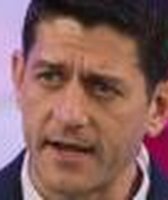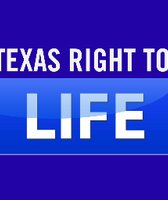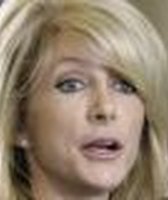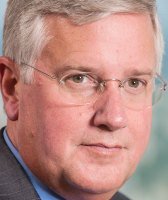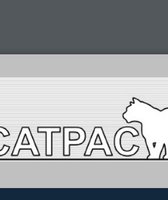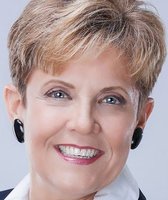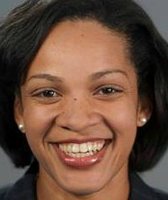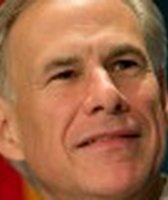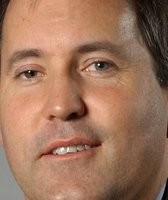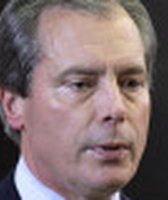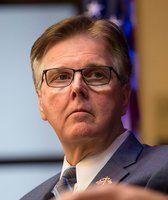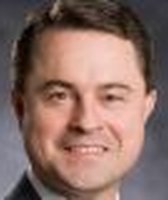Get PolitiFact in your inbox.
Paul Ryan says unemployment would be 11 percent with same workforce participation as when Barack Obama took office
At the Texas Republican Party’s 2012 convention, U.S. Rep. Paul Ryan of Wisconsin told the crowd that the high stakes in November’s election include American jobs.
"If the amount of Americans were in the workforce today like they were when President Obama took office, the labor force participation rate, our unemployment rate would be 11 percent today," the House Budget Committee chairman said in his keynote speech June 9, 2012.
We decided to check.
First, we defined our terms.
The federal Bureau of Labor Statistics calculates the U.S. labor force participation rate by taking the total workforce -- people who are employed or job-hunting -- and dividing by the total civilian population aged 16 or older. (People in military, medical or penal institutions are excluded.)
The general unemployment rate, which is the one most people are familiar with, expresses how many people in the labor force are unemployed.
Generally, climbs and dips in the general unemployment rate are a reasonable indicator that more Americans are losing jobs or getting hired, respectively. But in times of recession, high numbers of workers simply stop looking for jobs. Common reasons they give are retirement, disability, going to school or caring for household members, according to researchers at the Atlanta Federal Reserve Bank who drew on federal data.
But when adults stop looking for work, the overall workforce shrinks, which can have the effect of reducing the unemployment rate -- which could lead to erroneous conclusions about U.S. economic conditions.
To counteract that effect, the BLS also calculates what it calls the U-6 unemployment rate, which folds in people who stopped job-hunting and people who took part-time jobs for economic reasons. Since the U-6 rate was first published in 1994, its three highest points have all accompanied recessions, first in 1990-91, then 2001 and most recently 2007-09.
Of late, Republicans have taken to highlighting this distinction, as Ryan does here.
His claim can be restated this way: If the same percentage of Americans were employed or looking for work in May 2012 as in January 2009, general unemployment would have been 11 percent instead of 8.2 percent.
We asked Ryan’s office for his backup materials, and spokesman Kevin Seifert sent us data, calculations and supporting news coverage.
Seifert told us by email that according to the BLS, the January 2009 workforce participation rate was 65.7 percent, while the May 2012 rate was 63.8 percent. Applying those to the May 2012 population of 243 million, he said, gives a labor force of 159.6 million at the first rate and 155 million at the latter rate.
Subtracting the real labor force (155 million) from the hypothetical labor force (159.6 million) shows "that 4.6 million more people would actively be seeking work right now instead of being characterized as discouraged, etc.," he wrote.
Adding 4.6 million unemployed workers to the May 2012 unemployment count, which was 12.7 million, would give a total 17.3 million unemployed, Seifert said. Then, 17.3 million unemployed people divided by 155 million would give a general unemployment rate of 11.2 percent, Seifert said.
We checked the numbers and math for ourselves, then asked Cheryl Abbot, a Dallas-based regional economist for the labor bureau, for help analyzing the calculations. It looked to us like Ryan should have divided by the hypothetical labor force, rather than the real May 2012 labor force (to correctly describe the unemployment rate of the larger, hypothetical group), and Abbot agreed. But neither that distinction nor small differences due to causes such as rounding off numbers seriously affected the result.
Accepting the assumption that all 4.6 million adults added to the labor force would be unemployed -- and using BLS figures that were not rounded off as much as the ones Seifert used to describe his math to us -- Abbot got a result of 10.9 percent.
Our ruling
The general unemployment rate in June 2012 would have been 10.9 percent if the labor force participation rate had remained at the 65.5 percent in place when Obama became president. That’s about 11 percent.
We rate Ryan’s statement True.
Featured Fact-check
Our Sources
U.S. Rep. Paul Ryan, R-Wisconsin, keynote address at the Republican Party of Texas convention, June 9, 2012
Email interviews with Kevin Seifert, communications director with Ryan for Congress, June 12-July 16, 2012
Federal Reserve Bank of Atlanta "Macroblog" post, "Labor force nonparticipants: So what are they doing?," May 11, 2012
Bureau of Labor Statistics "Employment Situation" reports for January 2009, May 2012 and June 2012
National Bureau of Economic Research web page, "US Business Cycle Expansions and Contractions," accessed July 16, 2012
Email interviews with Cheryl Abbot, economist, Bureau of Labor Statistics, July 13-16, 2012
Browse the Truth-O-Meter
More by Sue Owen
Paul Ryan says unemployment would be 11 percent with same workforce participation as when Barack Obama took office
Support independent fact-checking.
Become a member!
In a world of wild talk and fake news, help us stand up for the facts.

